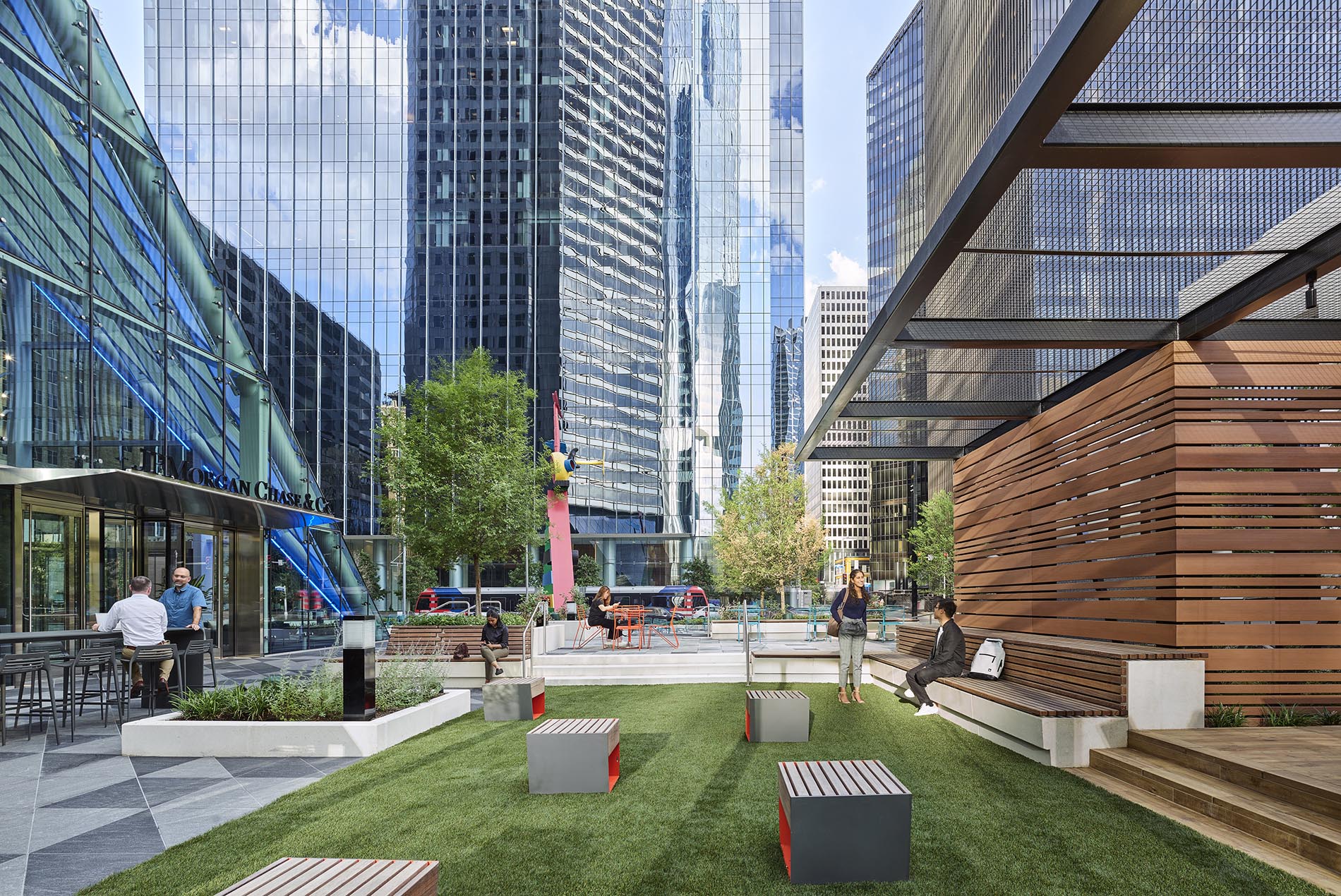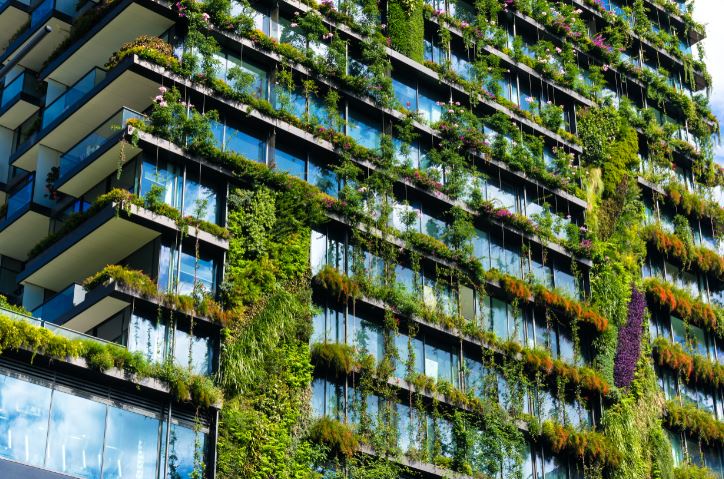Urban development is an ongoing process that demands innovative approaches to accommodate the needs of a rapidly expanding global population. Architects play a vital role in shaping cities by designing buildings and spaces that are functional, visually appealing, and environmentally conscious.
The Importance of Architectural Solutions in Urban Development
Architectural solutions are essential for urban development as they contribute to the overall livability, sustainability, and economic growth of cities. Well-designed buildings and infrastructure can enhance the quality of life, create job opportunities, and attract investments.
Sustainable Architecture for a Greener Future
Sustainability is a key consideration in modern architectural design. Green buildings incorporate eco-friendly materials, energy-efficient systems, and renewable energy sources to minimize their environmental impact. By integrating sustainable features into urban development projects, architects can contribute to a greener future.
Adaptive Reuse: Transforming Existing Structures
Adaptive reuse is a concept that involves repurposing existing buildings for new functions. This approach not only preserves historical and cultural heritage but also reduces construction waste and promotes sustainable development. Architects can breathe new life into old structures by creatively adapting them to meet the changing needs of urban communities.
Mixed-Use Developments: Creating Vibrant Urban Communities
Mixed-use developments combine residential, commercial, and recreational spaces within a single project. By integrating various functions in one location, architects can create vibrant and self-sustaining communities where people can live, work, and socialize without the need for extensive commuting.
Smart Cities and Intelligent Infrastructure
The concept of smart cities revolves around using advanced technologies and data-driven solutions to improve the efficiency, safety, and quality of urban life. Architects can design intelligent infrastructure, such as smart buildings and interconnected systems, that enhance urban connectivity, optimize resource management, and provide a seamless user experience.
Vertical Gardens: Bringing Nature to Urban Spaces
Vertical gardens, also known as living walls, offer a unique solution to the lack of green spaces in urban environments. By incorporating vegetation into the façades of buildings, architects can improve air quality, reduce the urban heat island effect, and create visually stunning landscapes that connect people with nature.
Pedestrian-Friendly Designs: Promoting Walkability
Creating walkable cities is crucial for reducing traffic congestion, improving public health, and enhancing the overall urban experience. Architects can design pedestrian-friendly spaces by incorporating wider sidewalks, shaded pathways, and attractive streetscapes that encourage walking and cycling as viable modes of transportation.
Iconic Landmarks and Architectural Marvels
Iconic landmarks and architectural marvels have the power to define the identity of a city and attract tourists from around the world. Architects can create visually striking structures that become symbols of urban pride and contribute to the cultural and economic vitality of a city.
Cultural Preservation and Urban Identity
Preserving the cultural heritage and identity of a city is crucial for maintaining a sense of place and community. Architects can design buildings and public spaces that reflect the local history, traditions, and values, thereby fostering a strong sense of identity among the residents.
Affordable Housing Solutions for Growing Cities
As urban populations continue to grow, the need for affordable housing becomes increasingly urgent. Architects can contribute to the development of cost-effective housing solutions by designing efficient and space-maximizing buildings that cater to the diverse needs of urban dwellers.
Resilient Architecture: Designing for Climate Change
With the rise in extreme weather events and the impact of climate change, architects are tasked with designing buildings that can withstand and adapt to these challenges. Resilient architecture involves incorporating flood-resistant designs, energy-efficient systems, and sustainable materials to create buildings that can endure and thrive in a changing climate.
The Role of Public Spaces in Urban Development
Public spaces are the heart of a city, providing opportunities for social interaction, recreation, and cultural activities. Architects can design inviting and inclusive public spaces that promote community engagement, foster a sense of belonging, and contribute to the overall well-being of urban residents.

Collaboration and Community Engagement
Successful urban development requires collaboration and engagement with local communities. Architects can actively involve residents, stakeholders, and policymakers in the design process, ensuring that their voices are heard and their needs are addressed. This participatory approach leads to more inclusive and sustainable urban spaces.
Conclusion
Architectural solutions play a vital role in shaping the future of urban development. By embracing sustainable practices, fostering community engagement, and integrating innovative concepts, architects can create cities that are not only visually stunning but also functional, resilient, and inclusive. Building the future requires a collective effort, and architects are at the forefront of this transformative journey.
FAQs
How can sustainable architecture contribute to urban development?
Sustainable architecture incorporates environmentally friendly features and practices that minimize the ecological footprint of buildings and promote a greener future for urban communities.
What is the significance of adaptive reuse in urban development?
Adaptive reuse preserves historical and cultural heritage while promoting sustainable development by repurposing existing structures for new functions.
How do vertical gardens benefit urban spaces?
Vertical gardens improve air quality, reduce the urban heat island effect, and create visually stunning landscapes, bringing nature to urban environments.
What are the advantages of pedestrian-friendly designs in cities?
Pedestrian-friendly designs promote walkability, reduce traffic congestion, enhance public health, and create more enjoyable urban experiences for residents and visitors.
How can architects contribute to affordable housing solutions?
Architects can design cost-effective and space-maximizing buildings that cater to the growing demand for affordable housing in urban areas.


No comments yet